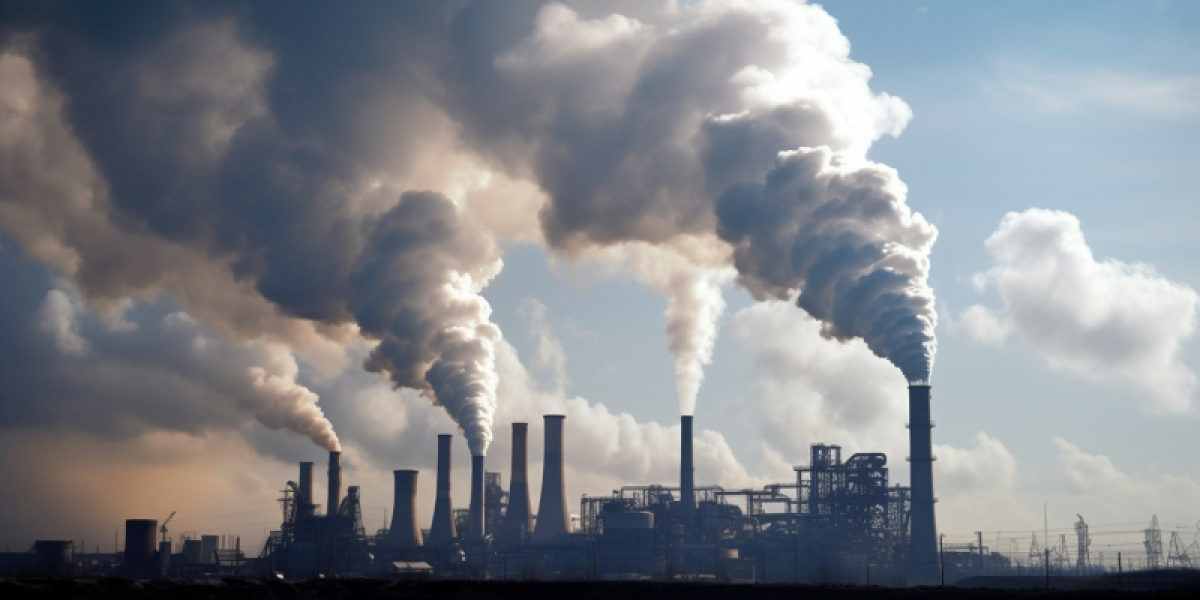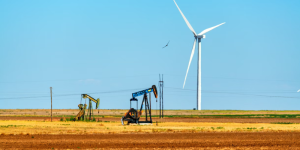World Energy Outlook 2023: according to the IEA, energy will be dominated by renewable sources by 2030
Photovoltaic Solar Energy Production Will Surpass the Entire Current Energy Production of the United States

The World Energy Outlook 2023, published by the International Energy Agency (IEA), presents a detailed vision of the global energy landscape anticipated by the end of this decade.
Reflecting the significant changes currently underway, the report predicts a radical transformation of the global energy system, primarily characterized by the development of clean energy technologies.
World Energy Outlook: The Share of Renewables in the Energy Mix Rapidly Approaches 50%
According to the forecasts of the World Energy Outlook (WEO), 2030 will see clean technologies take a central role in the energy system, a significant leap from the current scenario. A striking example is the number of electric cars, which is expected to increase almost tenfold compared to current levels.
Moreover, the projected solar photovoltaic energy production will surpass the entire current energy production of the United States. Another significant figure is that the share of renewable energy in the global energy mix will approach 50%, a marked increase from today's 30%. In a similarly significant shift, heat pumps and other electric heating systems will become more popular than traditional fossil fuel boilers, and there will be a threefold increase in investments in new offshore wind projects compared to those for new coal and gas power plants.
These substantial advancements are currently based on the existing policies of governments worldwide. If countries were to fully maintain and honor their national energy and climate commitments, progress in the clean energy sector could proceed even more rapidly. However, to keep the goal of limiting global temperature rise to 1.5°C, even more decisive actions are needed.
WEO 2023 and the Global Strategy to Limit Global Warming
The report foresees a peak in global demand for coal, oil, and natural gas within this decade, a phenomenon never before observed in a WEO scenario based on the current energy context. In this scenario, the share of fossil fuels in global energy supply, which has remained around 80% for decades, is set to decrease to 73% by 2030, with a peak in global energy-related carbon dioxide emissions expected by 2025.
Despite the undeniable momentum towards clean energy, WEO-2023 warns that the current demand for fossil fuels is still too high to achieve the Paris Agreement goal of limiting the rise in average global temperature to 1.5°C. This also risks limiting the security of the energy system, which was built for a world with less extreme climatic conditions.
In this regard, WEO-2023 proposes a global strategy to get the world back on track by 2030. This strategy is based on five key pillars:
Tripling global renewable capacity;
Doubling the rate of improvement in energy efficiency;
Reducing methane emissions from fossil fuel activities by 75%;
Innovative and large-scale financing mechanisms to triple clean energy investments in emerging and developing economies;
Measures to ensure an orderly decline in fossil fuel use, including ending new approvals of coal-fired power plants.
Download the full report to read the entire strategy of the International Energy Agency!
Available documents
Related Focus






